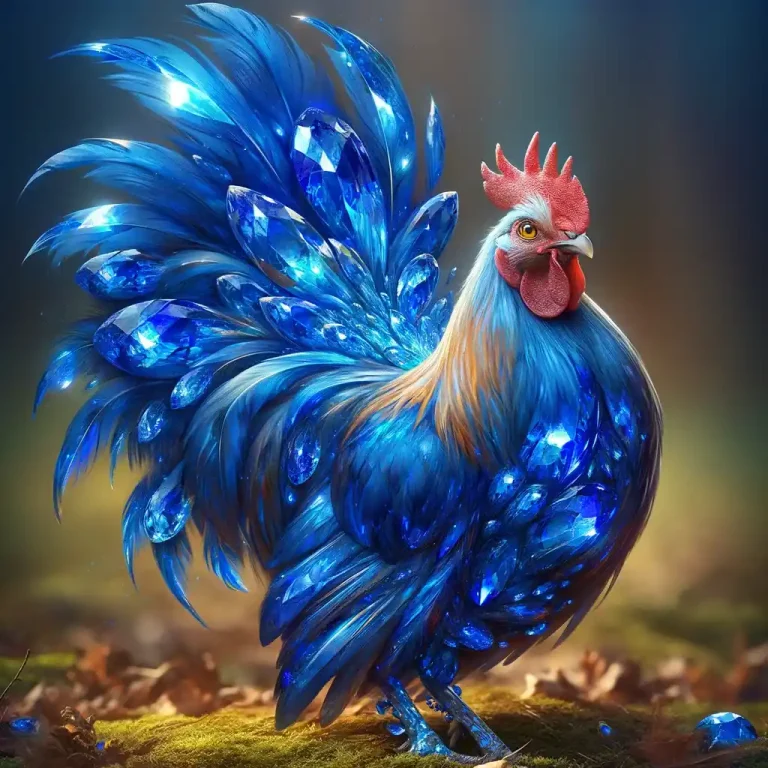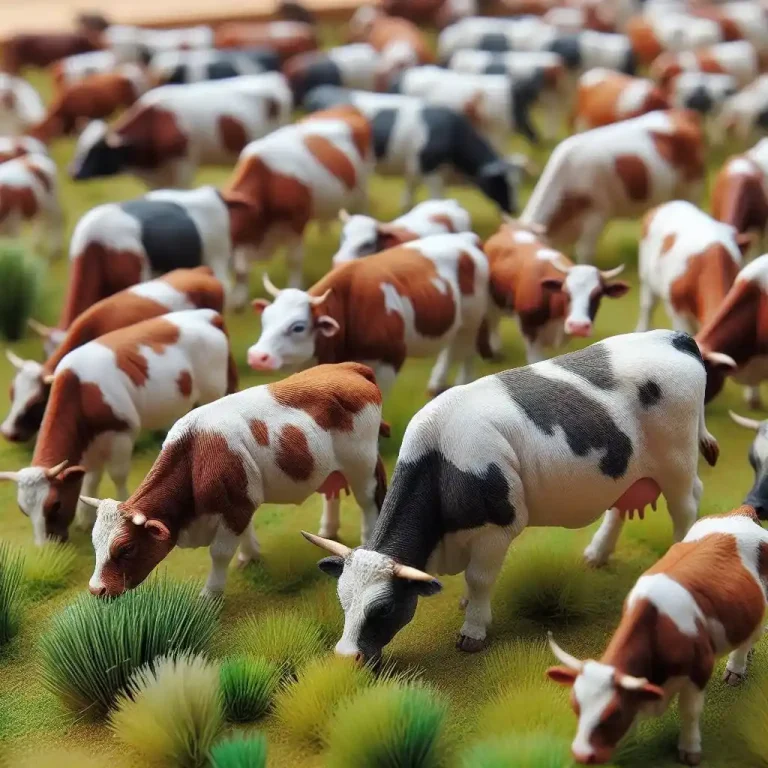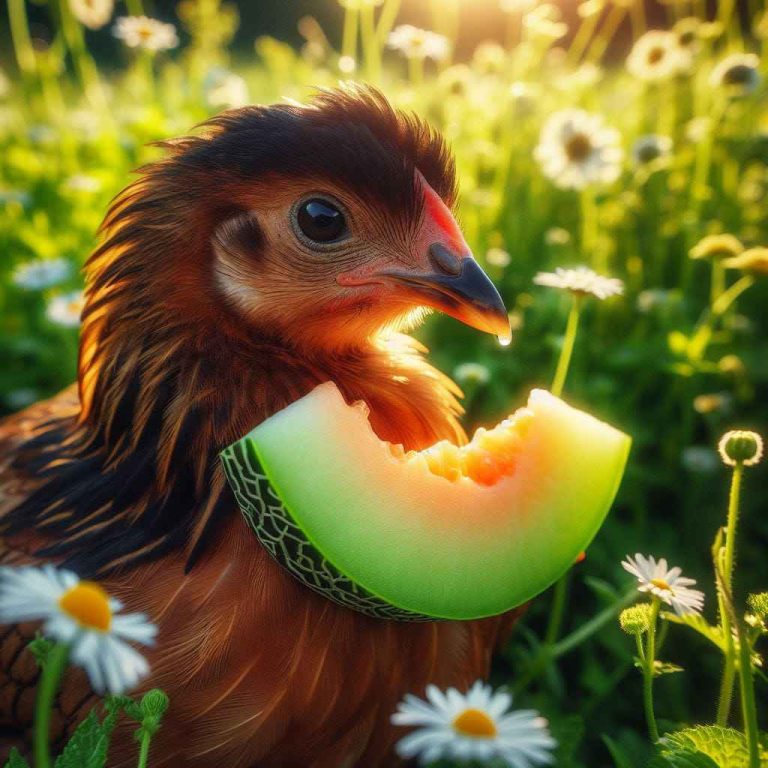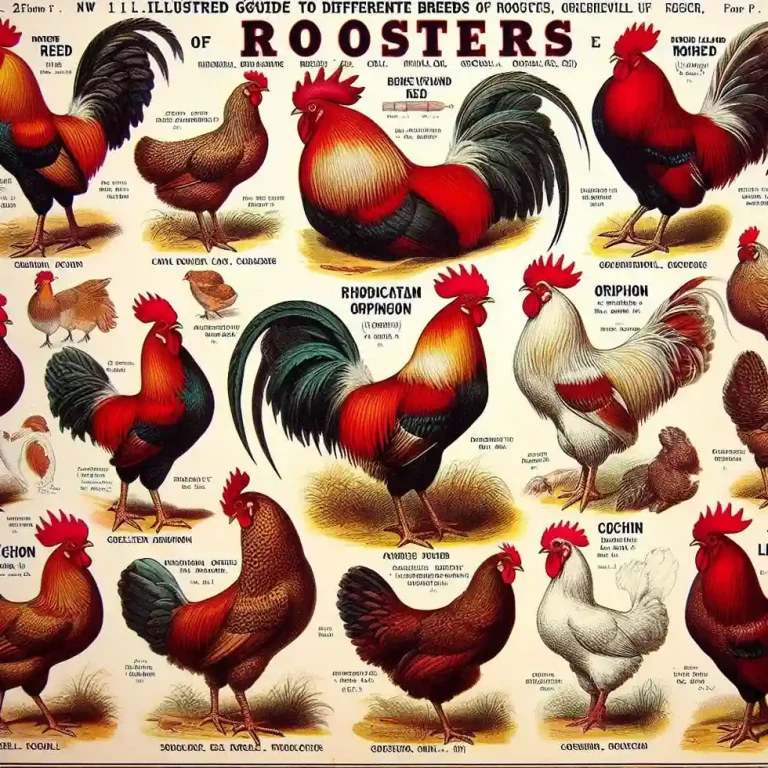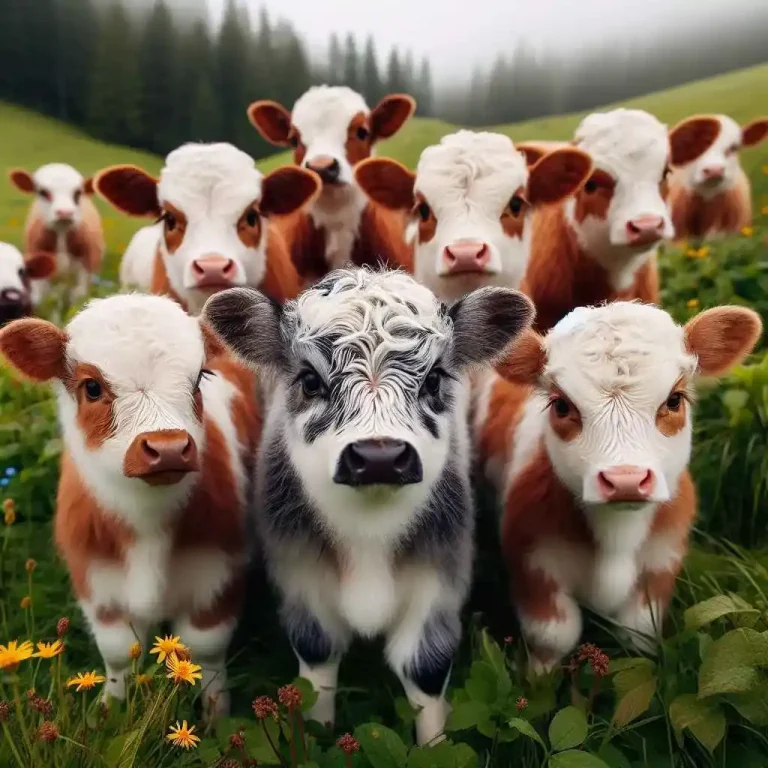Orpington Chickens
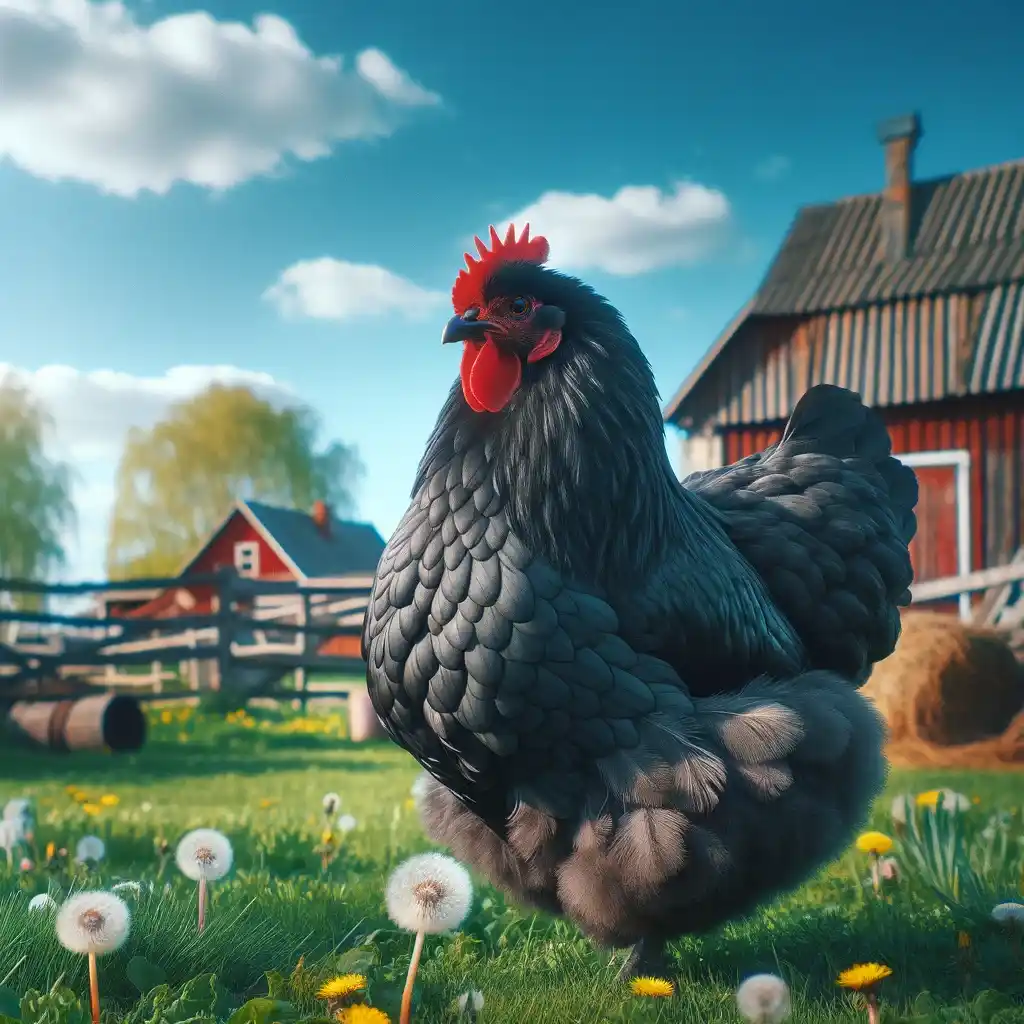
Discover the Charm of Orpington Chickens
The Orpington chicken breed, known for its robust size and gentle demeanor, traces its origins back to the late 1800s in Orpington, Kent, England. Created by a man named William Cook, the breed was developed with the intention of producing a superior table bird that could also serve as a reliable egg layer. Cook, a poultry enthusiast and entrepreneur, set out to create a bird that would appeal to both farmers and backyard chicken keepers alike.
Cook began his breeding program by crossing a variety of existing breeds, including Minorca’s, Langshan’s, and Plymouth Rocks. His goal was to create a bird that possessed desirable qualities such as a broad breast, ample meat production, and a docile temperament. After years of selective breeding and careful selection, Cook introduced the Buff Orpington to the public in 1886.
The Buff Orpington quickly gained popularity for its striking appearance and practical attributes. Its golden buff plumage, coupled with its gentle nature and reliable egg-laying abilities, made it a favorite among poultry enthusiasts and farmers alike. The breed’s success led Cook to continue breeding efforts, resulting in the development of other color varieties such as Black, Blue, and Lavender Orpingtons.
The Orpington breed’s popularity spread beyond the borders of England, with enthusiasts in other countries quickly taking notice of its many virtues. In the United States, the breed was officially recognized by the American Poultry Association in 1902, further solidifying its place in poultry history.
Over the years, Orpington chickens have remained a beloved breed among backyard chicken keepers, homesteaders, and small-scale farmers. Their gentle disposition, cold-hardy nature, and dual-purpose capabilities continue to make them a popular choice for those looking to add a versatile and attractive breed to their flock.
In summary, the Orpington chicken breed has a rich history rooted in the vision and dedication of William Cook. From its humble beginnings in the English countryside to its widespread popularity around the world, the Orpington has earned its place as a beloved breed cherished for its beauty, temperament, and utility.
One of the most notable features of Orpington chickens is their robust size and shape. They have a broad, deep body with a full breast and well-rounded curves, giving them a substantial and muscular appearance. This physique not only contributes to their impressive meat production but also makes them an attractive breed for exhibition and show purposes.
In addition to their physical attributes, Orpingtons are prized for their stunning plumage. The breed is available in several color varieties, including Buff, Black, Blue, and Lavender, each with its own unique charm. The Buff Orpington, with its golden-buff feathers, is perhaps the most well-known and widely recognized variety, but all Orpington colorations are equally admired for their beauty.
Despite their large size, Orpingtons are known for their gentle and docile temperament. They are friendly and sociable birds that enjoy human interaction, making them ideal for families and children. Their calm demeanor also makes them easy to handle and manage, particularly for novice poultry keepers who may be new to raising chickens.
Another appealing aspect of Orpington chickens is their dual-purpose nature. While they are prized for their meat production and excellent table qualities, they are also reliable egg layers. Orpington hens typically lay large brown eggs with strong shells, making them valuable contributors to the homestead or backyard flock.
The popularity of Orpington chickens extends far beyond their utility and practicality. They have become iconic symbols of traditional poultry farming and are often featured in agricultural literature, art, and media. Their enduring popularity can be attributed to their combination of beauty, temperament, and productivity, making them a favorite breed among poultry enthusiasts of all ages and backgrounds.
In summary, Orpington chickens are beloved for their distinctive characteristics, including their robust size, stunning plumage, gentle temperament, and dual-purpose capabilities. Their widespread popularity is a testament to their enduring appeal and the special bond they share with those who appreciate their beauty and practicality.
Types of Orpington Chickens
Orpington chickens are available in several distinct color varieties, each with its own unique charm and appeal. Here are the most common types of Orpington chickens:
Buff Orpington
The Buff Orpington is perhaps the most well-known and widely recognized variety of Orpington chicken. It features beautiful golden-buff feathers that give it a warm and inviting appearance. Buff Orpingtons are prized for their gentle temperament, dual-purpose capabilities, and striking beauty.
Black Orpington
As the name suggests, Black Orpington chickens are characterized by their glossy black plumage. They have a bold and striking appearance, with sleek feathers that shimmer in the sunlight. Black Orpingtons share the same gentle disposition and dual-purpose qualities as other varieties of Orpingtons.
Blue Orpington
Blue Orpington chickens have a unique and captivating appearance, with slate-blue feathers that have a subtle sheen. Their coloration gives them a soft and ethereal quality, making them stand out in any flock. Like other Orpington varieties, Blue Orpingtons are known for their friendly nature and excellent egg-laying abilities.
Lavender Orpington
Lavender Orpingtons are a relatively rare variety characterized by their soft, pastel lavender feathers. They have a delicate and elegant appearance, with feathers that give off a subtle lavender hue in certain lighting conditions. Lavender Orpingtons possess the same gentle temperament and dual-purpose qualities as other Orpington breeds.
Other Varieties
In addition to the classic Buff, Black, Blue, and Lavender Orpingtons, there are also other less common color varieties available. These may include Splash Orpingtons, which have a mottled blue and white appearance, and Cuckoo Orpingtons, which feature distinctive black and white barred feathers.
Overall, Orpington chickens come in a variety of beautiful colors, each with its own unique characteristics and personality traits. Whether you prefer the warm tones of Buff, the boldness of Black, the softness of Blue, or the elegance of Lavender, there’s an Orpington variety to suit every taste and preference.
Physical Characteristics
Size and weight
Feather color and texture Comb and wattles Orpington chickens are known for their distinct physical characteristics, which contribute to their overall beauty and functionality. Here’s a breakdown of their key attributes
Orpington chickens are classified as large-bodied birds, known for their substantial size and weight. Roosters typically weigh between 8 to 10 pounds, while hens range from 6 to 8 pounds on average. Their broad, deep bodies and muscular build give them a solid and imposing presence in the poultry yard.
Feather Color and Texture
One of the most striking features of Orpington chickens is their plumage, which comes in a variety of rich and vibrant colors. Depending on the specific variety, Orpingtons may have buff, black, blue, lavender, or other color variations. Their feathers are typically soft and dense, with a smooth texture that adds to their overall allure.
Comb and Wattles
Orpington chickens are characterized by their distinctively large, single combs and prominent wattles. The comb is a fleshy, blade-like structure that extends along the top of the chicken’s head. Orpingtons typically have bright red combs and wattles, which serve as indicators of their overall health and vitality. While the size and shape of their combs and wattles may vary slightly depending on the variety, they are generally well-developed and symmetrical, adding to the breed’s overall aesthetic appeal.
Overall, Orpington chickens possess a unique combination of size, plumage, and physical features that make them stand out in the poultry world. Their impressive size, beautiful feathers, and distinctive combs and wattles contribute to their charm and popularity among poultry enthusiasts and backyard chicken keepers alike.
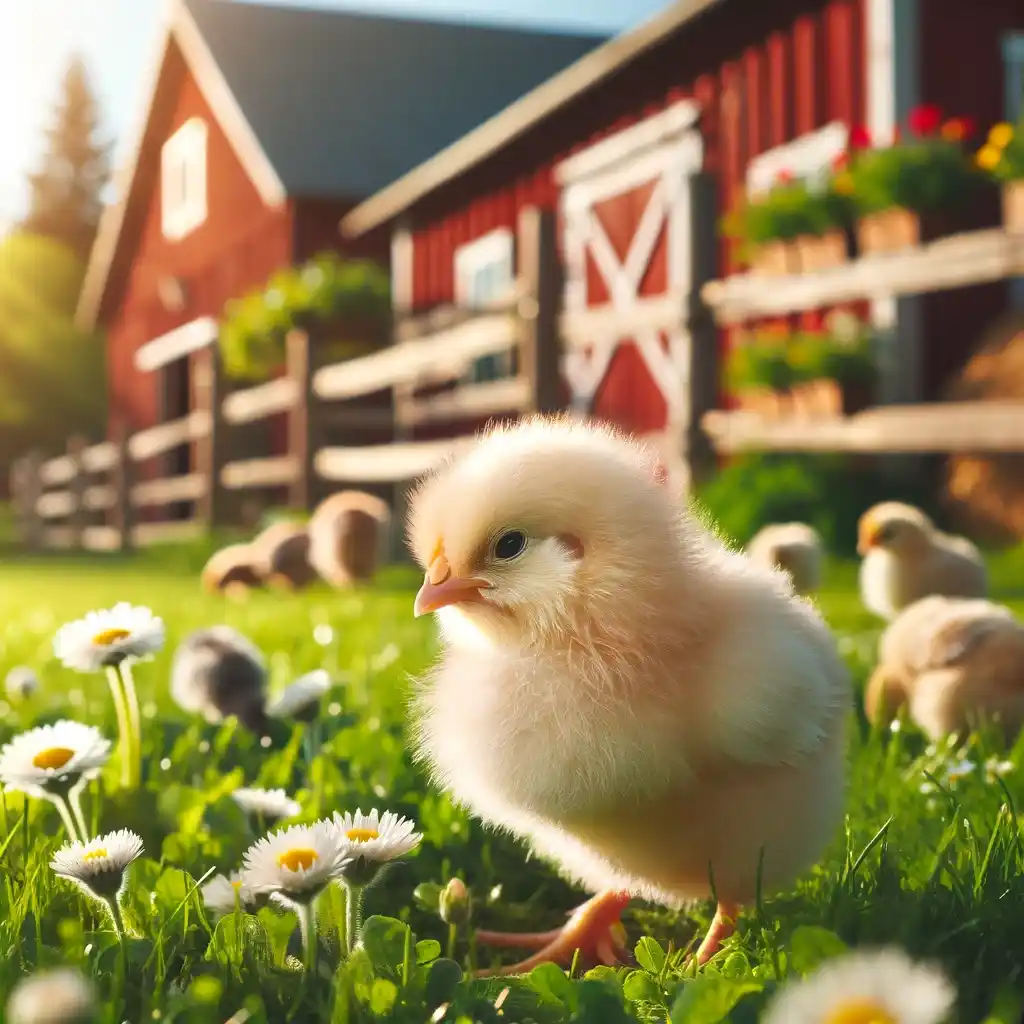
Temperament and Behavior
Docile Nature
Orpington chickens are renowned for their docile and friendly disposition. They are known to be calm, gentle, and tolerant birds, making them excellent choices for families, children, and novice poultry keepers. Their relaxed demeanor makes them easy to handle and interact with, and they are unlikely to display aggressive behavior towards humans or other animals.
Interaction with Other Chickens
Orpington chickens are generally sociable and get along well with other members of the flock. They are not known to be aggressive or territorial, preferring instead to establish peaceful and harmonious relationships with their coopmates. Their easygoing nature makes them excellent additions to multi-breed flocks, where they can coexist peacefully with chickens of varying breeds and personalities.
Egg-laying Habits
While Orpington chickens are primarily valued for their dual-purpose capabilities as meat and egg producers, they are also reliable layers of large brown eggs. Orpington hens typically exhibit consistent egg-laying habits, producing a steady supply of eggs throughout the year. Their egg production may vary slightly depending on factors such as age, diet, and environmental conditions, but they are generally considered to be reliable and productive layers.
Overall, the docile nature, friendly demeanor, and dependable egg-laying habits of Orpington chickens make them popular choices for backyard flocks and small-scale poultry operations. Whether kept for their utility, beauty, or companionship, Orpingtons are sure to bring joy and satisfaction to any chicken-keeping endeavor.
Benefits of Raising Orpington Chickens
Dual-purpose breed
Orpington chickens are prized for their dual-purpose capabilities, meaning they excel both as meat birds and egg layers. Their large size and robust build make them ideal candidates for meat production, yielding plump and flavorful poultry. Additionally, Orpington hens are reliable layers of large brown eggs, providing a steady supply of nutritious eggs for the household.
Cold-Hardy and Adaptable
Orpington chickens are known for their resilience and adaptability to various climates and environmental conditions. Originating from England, where the weather can be damp and chilly, Orpingtons have developed a natural tolerance to cold temperatures. Their dense plumage and sturdy build help them withstand cold weather conditions, making them well-suited for colder regions or winter climates.
Family-Friendly Disposition
Orpington chickens are renowned for their gentle and sociable nature, making them excellent additions to family flocks. Their calm demeanor and friendly disposition make them easy to handle, particularly for children and novice poultry keepers. Orpingtons are known to enjoy human interaction and are often described as “lap chickens” due to their affinity for sitting quietly with their caretakers.
Overall, the dual-purpose capabilities, cold-hardy nature, and family-friendly disposition of Orpington chickens make them valuable and versatile additions to any backyard flock or small-scale poultry operation. Whether kept for meat production, egg-laying, or simply as beloved pets, Orpingtons are sure to bring joy, productivity, and satisfaction to their caretakers.
Care and Maintenance
Orpington chickens require a secure and spacious coop or housing structure to provide shelter, protection, and comfort. The coop should be well-ventilated, dry, and draft-free, with ample space for roosting and nesting. Provide at least 4 square feet of space per chicken inside the coop, along with access to a secure outdoor run or free-ranging area for exercise and foraging. Ensure that the coop is predator-proof, with sturdy fencing, latches, and locks to deter predators such as foxes, raccoons, and birds of prey.
Feeding and Nutrition
A balanced diet is essential for maintaining the health and vitality of Orpington chickens. Feed them a high-quality commercial poultry feed formulated specifically for laying hens, supplemented with fresh fruits, vegetables, and occasional treats such as mealworms or scratch grains. Ensure access to clean, fresh water at all times, and provide grit or oyster shell for calcium supplementation, especially for egg-laying hens. Monitor their feed consumption and adjust portions as needed to prevent obesity or malnutrition.
Health Considerations
Regular health monitoring and preventative care are crucial for preventing and managing common health issues in Orpington chickens. Conduct routine health checks to assess their overall condition, including checking for signs of illness, injury, or parasites such as mites or lice. Practice good biosecurity measures to prevent the spread of diseases, including quarantine protocols for new birds and regular cleaning and disinfection of the coop and equipment. Consult with a poultry veterinarian if you have concerns about your chickens’ health or if you notice any unusual symptoms or behaviors.
By providing proper housing, nutrition, and healthcare, you can ensure the well-being and longevity of your Orpington chickens, allowing them to thrive and flourish in your care.
Tips for Breeding and Rearing Orpington Chickens
Breeding and rearing Orpington chickens can be a rewarding experience when done with care and attention to detail. Here are some tips to help you successfully breed and rear Orpington chickens:
Selecting Breeding Stock
When selecting breeding stock, prioritize birds that exemplify the breed standard for Orpington chickens. Look for birds with desirable traits such as size, color, conformation, and temperament. Choose healthy, vigorous individuals with strong genetics and no signs of hereditary defects or deformities. Consider traits such as egg production, meat quality, and overall vigor when selecting breeding pairs. It’s also essential to maintain genetic diversity within your flock to avoid inbreeding and promote overall health and vitality.
Incubation and Hatching
If you’re incubating Orpington eggs, ensure that your incubator is properly calibrated and maintained to provide consistent temperature and humidity levels throughout the incubation period. Follow the manufacturer’s instructions for setting up the incubator and monitoring the eggs’ progress. Candle the eggs periodically to check for signs of fertility and embryo development. Maintain optimal conditions for hatching, including proper ventilation and humidity levels, and avoid disturbances during the hatching process. Be prepared to assist chicks that may have difficulty hatching but refrain from intervening unless absolutely necessary to avoid causing harm.
Caring for Chicks
Once the chicks have hatched, provide them with a warm and safe environment to promote healthy growth and development. Use a brooder box or area with a heat lamp or heat source to maintain a temperature of around 95°F (35°C) for the first week, gradually decreasing by 5°F (2-3°C) per week until they are fully feathered. Provide clean bedding, fresh water, and a balanced chick starter feed formulated specifically for young chicks. Monitor the chicks closely for signs of illness, injury, or stress, and address any issues promptly. Introduce gradual changes to their environment and diet as they grow, and ensure access to space for exercise and exploration.
By following these tips for selecting breeding stock, incubation and hatching, and caring for chicks, you can increase your chances of successfully breeding and rearing healthy and thriving Orpington chickens.
Common Challenges and Solutions
Predators and Pests
Orpington chickens are vulnerable to predators such as foxes, raccoons, dogs, and birds of prey. To protect your flock, implement predator-proof measures such as sturdy fencing, secure coop doors, and predator deterrents like motion-activated lights or alarms. Keep the coop and surrounding area clean and free of debris to discourage pests such as rodents and insects. Consider using predator-proof hardware cloth to reinforce vulnerable areas of the coop, such as windows or vents.
Egg Production Issues
Orpington hens are generally reliable layers, but they may experience fluctuations in egg production due to factors such as age, diet, lighting, and stress. To optimize egg production, provide a balanced diet high in protein and calcium, ensure access to clean water and nesting boxes, and maintain a consistent lighting schedule to simulate natural daylight. Monitor your hens’ health and behavior for signs of illness or stress, and address any issues promptly to minimize disruptions in egg production.
Health Problems
Orpington chickens are susceptible to various health issues, including respiratory infections, parasites, and nutritional deficiencies. To maintain optimal health, practice good biosecurity measures such as quarantine protocols for new birds, regular cleaning and disinfection of the coop, and routine health checks. Provide a balanced diet, clean water, and access to fresh air and sunlight to support their immune system. Monitor your chickens for signs of illness, such as lethargy, loss of appetite, or respiratory symptoms, and consult with a poultry veterinarian if you suspect any health problems.
By addressing common challenges such as predators and pests, egg production issues, and health problems proactively, you can help ensure the well-being and productivity of your Orpington flock. With proper care and attention, your Orpington chickens can thrive and provide you with years of enjoyment and satisfaction.
Conclusion
Orpington chickens hold a special place in the hearts of poultry enthusiasts for their unique blend of beauty, utility, and charm. Their large size, stunning plumage, and gentle temperament make them prized additions to any backyard flock or small-scale poultry operation. Whether admired for their dual-purpose capabilities, cold-hardy nature, or family-friendly disposition, Orpington chickens continue to captivate and inspire those who appreciate their many qualities.
Raising and caring for Orpington chickens requires dedication, patience, and attention to detail, but the rewards far outweigh the challenges. By providing proper housing, nutrition, and healthcare, you can ensure the health, happiness, and productivity of your Orpington flock. Whether kept for meat production, egg-laying, exhibition, or companionship, Orpington chickens are sure to bring joy and satisfaction to those who have the privilege of caring for them.
In closing, Orpington chickens are more than just poultry; they are cherished companions and valuable members of the homestead or backyard flock. With their enduring appeal and versatile qualities, Orpingtons are truly a breed apart, deserving of their esteemed status in the world of poultry keeping.
FAQs
Orpington chickens are known for their consistent egg-laying abilities, with hens typically producing around 3 to 4 large brown eggs per week, depending on factors such as age, diet, and environmental conditions.
Orpington chickens require a secure and spacious coop or housing structure that is well-ventilated, dry, and draft-free. Provide at least 4 square feet of space per chicken inside the coop, along with access to a secure outdoor run or free-ranging area for exercise and foraging.
With proper care and attention, Orpington chickens can live for 8 to 10 years on average. Their lifespan may vary depending on factors such as genetics, diet, healthcare, and environmental conditions.
To prevent common health issues in Orpington chickens, practice good biosecurity measures, provide a balanced diet, clean water, and access to fresh air and sunlight, monitor their health regularly, and address any issues promptly. Consult with a poultry veterinarian for specific health concerns.
Yes, Orpington chickens can be raised successfully in urban or suburban environments, provided that local regulations allow for poultry keeping. With proper housing, care, and attention, Orpingtons can thrive in backyard settings and contribute to sustainable living practices.

